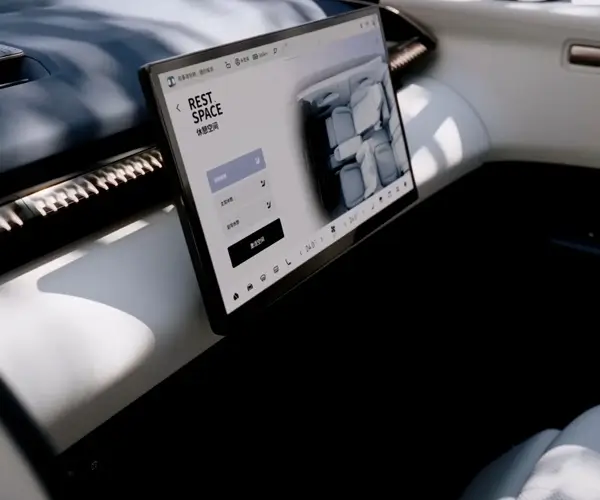Imagine firing up a micro:bit and suddenly, that tiny servo motor springs to life—swinging, rotating, or maybe even dancing to your code’s beat. Sounds simple enough, right? But there's an art to writing a code that makes a servo motor behave exactly how you want. It’s like commanding a pet—trust me, once you get it right, it’s oddly satisfying.

Now, here’s the fun part—getting that mini servo to move precisely. You don’t need to be a rocket scientist. Usually, you’ll use the servo pin on your micro:bit and a bit of Python. Just set your target angle, and watch your servo mimic it. Simple commands, but effective. Code snippets like servo.write(90)—that’s your secret handshake to point that servo straight ahead. Want it to turn, then swing back? Loop those commands, add some delays, and suddenly you've got a mini robotic arm or a moving scenery in your mini-stage.
Diving deeper, the real trick is understanding the pulse width modulation (PWM). It’s this clever way of telling your servo exactly where to go. Think of it like giving your servo a series of instructions—your code tells it how long to hold each position. The coolest part? You can get really creative with it. Ever wanted a servo to mimic a human arm? Make it wave? Just timing and some creative coding, and you’re there.
People often ask, “Can I control multiple servos at once?” Absolutely. All you need is some multitasking magic in your code. Most controllers can handle several motors, just make sure your power source keeps up. Forget the worry about overloading; with the right power supply and code tricks, it’s like having a little army of moving parts.
But, here’s a little insider tip—be cautious with the speed. If you make the servo jerk from one position to another instantly, it’ll wear out faster. Instead, add small delays or use gradual turns. It’s all about muscle memory, even for tiny motors. Slow, steady, consistent—these are the principles that keep your servo happy.
Some of the best moments come from experimenting. Ever tried coding a servo to follow a sound or respond to a sensor? It transforms your project from a simple toy to a full-fledged interactive piece. That’s the magic of understanding these motors—beyond just moving parts, they’re about crafting experiences.
In the end, it’s not just about writing code. It’s about imagining what could be—an automated door, a mini robot, or just a gadget that makes you smile when it finally moves on command. And once those movements become smooth and accurate, you'll realize how powerful a tiny servo motor can be.
It's quite a ride when you see your ideas spring to life, almost like magic, but it’s all about the fundamentals and a little passion for electronics. With a bit of practice, you’ll master the art of controlling micro:bit servo motors and unlock endless creative possibilities. Who knew tiny parts could open such big worlds?
Established in 2005, Kpower has been dedicated to a professional compact motion unit manufacturer, headquartered in Dongguan, Guangdong Province, China. Leveraging innovations in modular drive technology, Kpower integrates high-performance motors, precision reducers, and multi-protocol control systems to provide efficient and customized smart drive system solutions. Kpower has delivered professional drive system solutions to over 500 enterprise clients globally with products covering various fields such as Smart Home Systems, Automatic Electronics, Robotics, Precision Agriculture, Drones, and Industrial Automation.




































